What is The Fool’s Mate?
We humans will, in general, get fixated on the superlatives in any field of human action. We are continually attempting to figure out who is the greatest, the most grounded, the smartest, best ever, and so forth. All things considered, our fixation went so far that a different body was made that distributes a yearly book that reports all the superfluous accomplishments of humankind.
Chess players are not a special case. For example, when we are playing the game, we are hunting down the best move; we are enthusiastically entering extensive talks about the near significance of Fischer and Kasparov, and so on.
In any case, we might want you to concentrate on addressing one specific inquiry that regularly entrances the brains of tenderfoots and learner players.
That question respects minimal measures of moves required to checkmate the foe King directly out of the opening. Along these lines, quick checkmates are the principal subject of this article. Also, we are going, to begin with, the quickest of all – The two-move checkmate or the Fool's mate.

What is The Fool’s Mate?
A Fool’s Mate is defined as a victory by checkmating your opponent in the fewest possible moves as soon as the game begins. It is also known as the two-move checkmate. This can be accomplished just by Black, who can convey checkmate on move 2 with the queen. Trick's Mate got its name since it can possibly happen if White submits an uncommon screw-up. Indeed, even among rank novices, the mate never happens practically speaking.
The Moves that Make a Fool’s Mate
With a weak first move by the White side, employing only two moves can result in a Fool’s Mate:
- f3 e5
- g4 Qh4#
The example can have slight varieties; Black could play e6 or e5, and White could play f4 as opposed to f3. Also, the request in which White advances their F-and g-pawns could be exchanged.
How Does a Fool’s Mate Happen?
Just the player playing the White pieces can turn into a casualty of the two move checkmate. Taking into account that such a checkmate emerges simply after an awful have on White's influence, this checkmate is otherwise called the Fool's mate.
We can see that there are a few conditions that should be for the Fool's mate to occur:
- White's g pawn must be on g4, altogether not to have the capacity to obstruct the check of the Black Queen.
- White's f pawn must be on f3 or f4, all together for the e1-h4 diagonal all things considered.
- White's king must be trimmed in by his very own pieces. For example, if there was no queen or d1 or pawn d2, there would be no checkmate as the king would probably escape by means of one of those squares.
Normally, White's moves with the f and the g pawn are both awful.
In this way, it is completely supported to begin singing to your rival in the style of Amy Lee on the off chance that you ever convey the Fool's mate over the board.

Other Quick-Win Moves
As a game of chess can come with 400 to 121 million possibilities of winning, it only makes sense that in addition to the Fool’s Mate, there are also other quick-win moves a chess player can do:
The Three-Move Checkmate
Contrasted with the two move checkmate, that is exceptional, there are various methods for checkmating the foe’s king in three moves. In this piece of the article, we will enable you to concentrate on the essential occasion, which is fundamentally the Fool's mate overturned.
Likenesses between the two move checkmate and the three move checkmate are very self-evident. The main principle contrast is that White needs to lose rhythm and trust that Black will debilitate himself along the e8-h5 diagonal.
Yet, on the off chance that you enable yourself to be checkmated in this style, despite everything you have the right to be known as a Fool!
We have officially brought up that just total novices will move their f and g pawns from the get-go in the opening. Taking into account that there is a low likelihood of experiencing the Fool's mate over the chessboard, one may think about whether there is any purpose of getting acquainted with it, at all. Indeed, if there is one thing one ought to recall from the precedent games over, that is the threat of debilitating the h4-e1 (h5-e8) diagonal too soon in the game.
At whatever point you are pondering about pushing your g and f pawns, you should ensure that your king won't endure as an outcome. Since regardless of whether discipline doesn't come as fast as in the Fool's mate, despite everything you may fall into a strategic snare and lose the game generally rapidly.
The Four-Move Checkmate
Another quick checkmate that is experienced rather frequently in the training is the four-move checkmate, also called a Scholar’s Mate. The f7 (f2) is commonly perceived as the weakest point in the pawn structure in the opening in light of the fact that the King is the main piece safeguarding it.
A Four-move checkmate happens when the White Queen, bolstered by the light-squared bishop, checkmates the Black king accurately on the f7 square. Because of its instructive esteem (this example is regularly used to show the amateurs the fundamental mix components) the four move checkmate is additionally generally known as the Scholar's mate.
Contrasted with the Fool's mate, the Scholar's mate is all the more regularly experienced by and by. Numerous fledglings are pulled in to the possibility of a speedy win and they venture to get their rival of the watchman with the Parham opening.
What is more, not just novices, the Qh5 was attempted against seemingly the best player ever, Garry Kasparov. When Black has shielded against the prompt dangers, he can pick up time by bugging the White woman and end up in a predominant position.
Thus, an expression of alert is required. In spite of the fact that you may win a few games with the assistance of the Scholar's mate, you are depending on a misstep by your adversary, which is hardly a fitting methodology in chess. Along these lines, don't move towards becoming focused on the Scholar's mate. Any accomplished player will be happy to exploit your imperfect opening play.
The Official Staunton Chess Company gives an assortment of Staunton plans for chess players around the globe. There are different structures of Staunton Chess Sets for chess players and authorities, because of their feel, cost, measurements, size, and hues. The immaculate family makes it an absolute necessity have in the accumulation of all chess players. The wonderful craftsmanship and continuance of chess pieces make it a standout amongst the best designs everything being equal.
Staunton Chess Sets are produced using ivory, which runs in sizes, and ordinarily, bear the copy Staunton signature under the cover of the chess box. To guarantee that strength is mulled over for chess devotees, there are additionally metal chess pieces that are shaped in poly-stone and made of pewter or metal. These are created to give a stone-like intrigue and have a smooth structure and give a flickering rich touch to each chess piece.



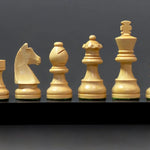
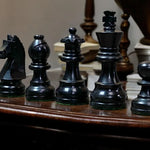
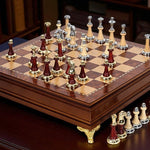
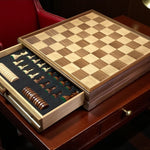
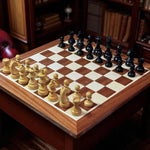
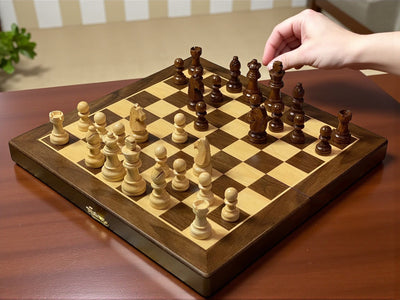
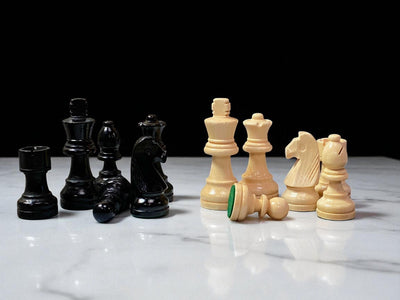
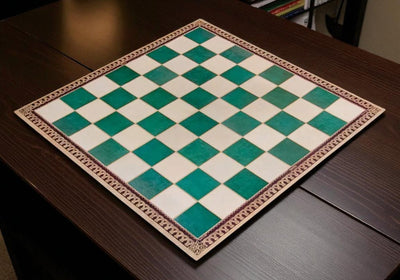
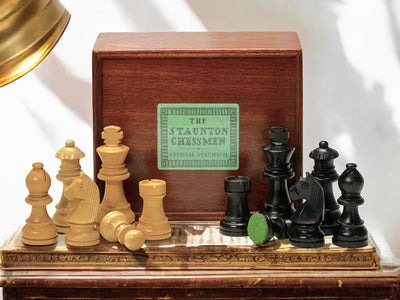
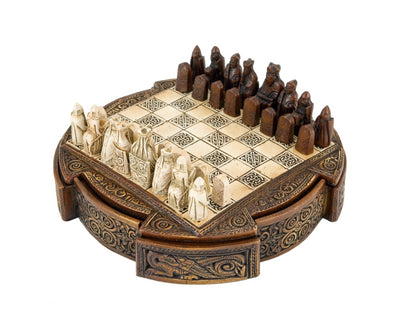
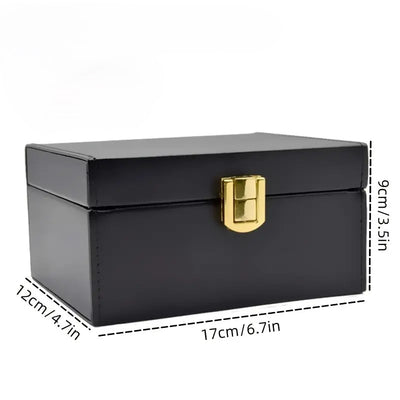
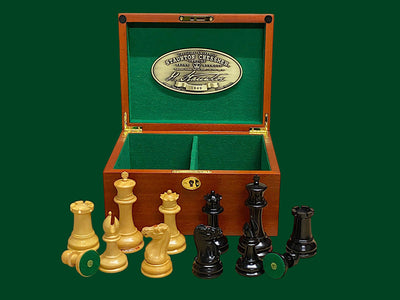
Leave a comment